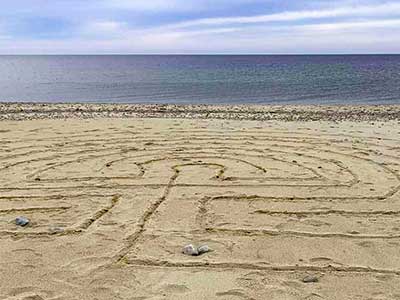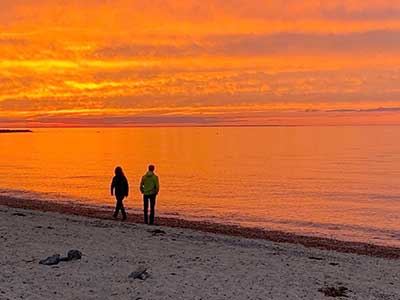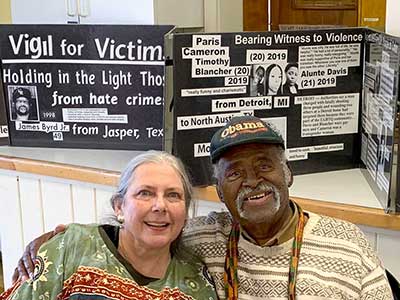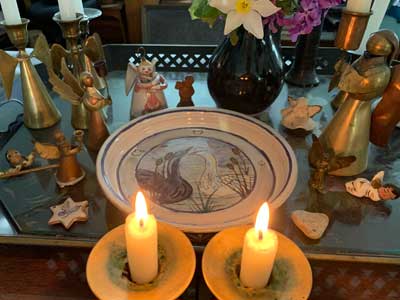by New England Historical Society | Date Unknown
“Whites Only Within City Limits After Dark” reads the faded road sign, an artifact on display at the Tubman African American Museum in Georgia.
The sign was found in Connecticut outside of a sundown town – a municipality that prevented African-Americans or other minorities from lingering after dark.
TAGS: [Racial Covenants] [History] [Policing] [2010’s] [White Supremacy] [Racial Terrorism]
by Ishaan Tharoor | September 2016
The history of slavery in the United States justifies reparations for African Americans, argues a recent report by a U.N.-affiliated group based in Geneva. This conclusion was part of a study by the United Nations’ Working Group of Experts on People of African Descent, a body that reports to the international organization’s High Commissioner on Human Rights. The group of experts, which includes leading human rights lawyers from around the world, presented its findings to the United Nations Human Rights Council on Monday, pointing to the continuing link between present injustices and the dark chapters of American history. “In particular, the legacy of colonial history, enslavement, racial subordination and segregation, racial terrorism and racial inequality in the United States remains a serious challenge, as there has been no real commitment to reparations and to truth and reconciliation for people of African descent,” the report stated. “Contemporary police killings and the trauma that they create are reminiscent of the past racial terror of lynching.”
TAGS: [Racial Terrorism] [2010’s] [Reparations] [Slavery] [History] [Systemic Racism] [Policing] [Accountability] [White Supremacy]
by Democracy Now | September 2016
(Video Transcript) For a third night in a row, protesters chanted “release the video!” as they took to the streets and called for police to release video of the shooting of Keith Lamont Scott. His grieving family has been shown the dashboard and body camera videos of his fatal shooting, but Charlotte Police Chief Kerr Putney says he had no plans to release the video at this time. We get response from Rev. Dr. William Barber, president of the North Carolina NAACP and Moral Mondays leader. His most recent book is titled “Third Reconstruction: Moral Mondays, Fusion Politics, and the Rise of a New Justice Movement.”
TAGS: [Racial Terrorism] [2010’s] [Policing] [Black Lives Matter] [Police Shootings]
by George Joseph | April 2017
Emails show that undercover officers were able to pose as protesters even within small groups, giving them extensive access to details about protesters’ whereabouts and plans. In one email, an official notes that an undercover officer is embedded within a group of seven protesters on their way to Grand Central Station. This intimate access appears to have helped police pass as trusted organizers and extract information about demonstrations. In other emails, officers share the locations of individual protesters at particular times. The NYPD emails also include pictures of organizers’ group text exchanges with information about protests, suggesting that undercover officials were either trusted enough to be allowed to take photos of activists’ phones or were themselves members of a private planning group text.
TAGS: [Racial Terrorism] [2010’s] [Policing] [Black Lives Matter] [White Supremacy] [White Privilege] [White Culture] [Systemic Racism]
by John Futty | March 2017
More than nine months after two plainclothes Columbus police officers fatally shot Henry Green on a South Linden street, a Franklin County grand jury chose on Friday not to indict them on criminal charges.
The grand jury voted not to indict Officer Jason Bare or Officer Zachary Rosen for their actions. Bare and Rosen were wearing civilian clothes and patrolling in an unmarked SUV on the evening of June 6 when they saw Green, 23, and a friend walking in the area of Duxberry Avenue and Ontario Street and noticed that Green was holding a handgun, police said. According to the police division’s account, the officers jumped from the SUV and ordering Green to drop his gun. Instead, police said, Green pointed his gun at the officers and fired. The officers returned fire and killed Green, who was shot seven times.
Christian Rutledge, who was walking with Green, disputed the police account, saying Bare and Rosen gave no indication that they were officers and gave Green no time to react.
TAGS: [Racial Terrorism] [2010’s] [Police Shootings] [Policing] [Systemic Racism] [Black Lives Matter] [Accountability] [White Supremacy] [White Privilege] [White Blindness] [Systemic Racism]
by Allison Manning | January 2016
Police released a database of nearly 150,000 civilian encounters. A trove of data released by Boston police shows black males were the most likely demographic group to be stopped by officers in recent years. More than half of those stopped — 56 percent — were black males. In their own analysis, Boston police said “nearly 59 percent of the FIO subjects were black.’’ But about 4.3 percent of the total reports don’t state a race, or the officer checked “unknown.’’ Taking out those blanks or unknowns, the actual percentage of black people stopped among those with a known race is 61.2 percent. Boston’s population is about 25 percent black.
TAGS: [Racial Terrorism] [2010’s] [-ing While Black] [White Supremacy] [White Privilege] [Policing] [Systemic Racism] [Accountability]

















